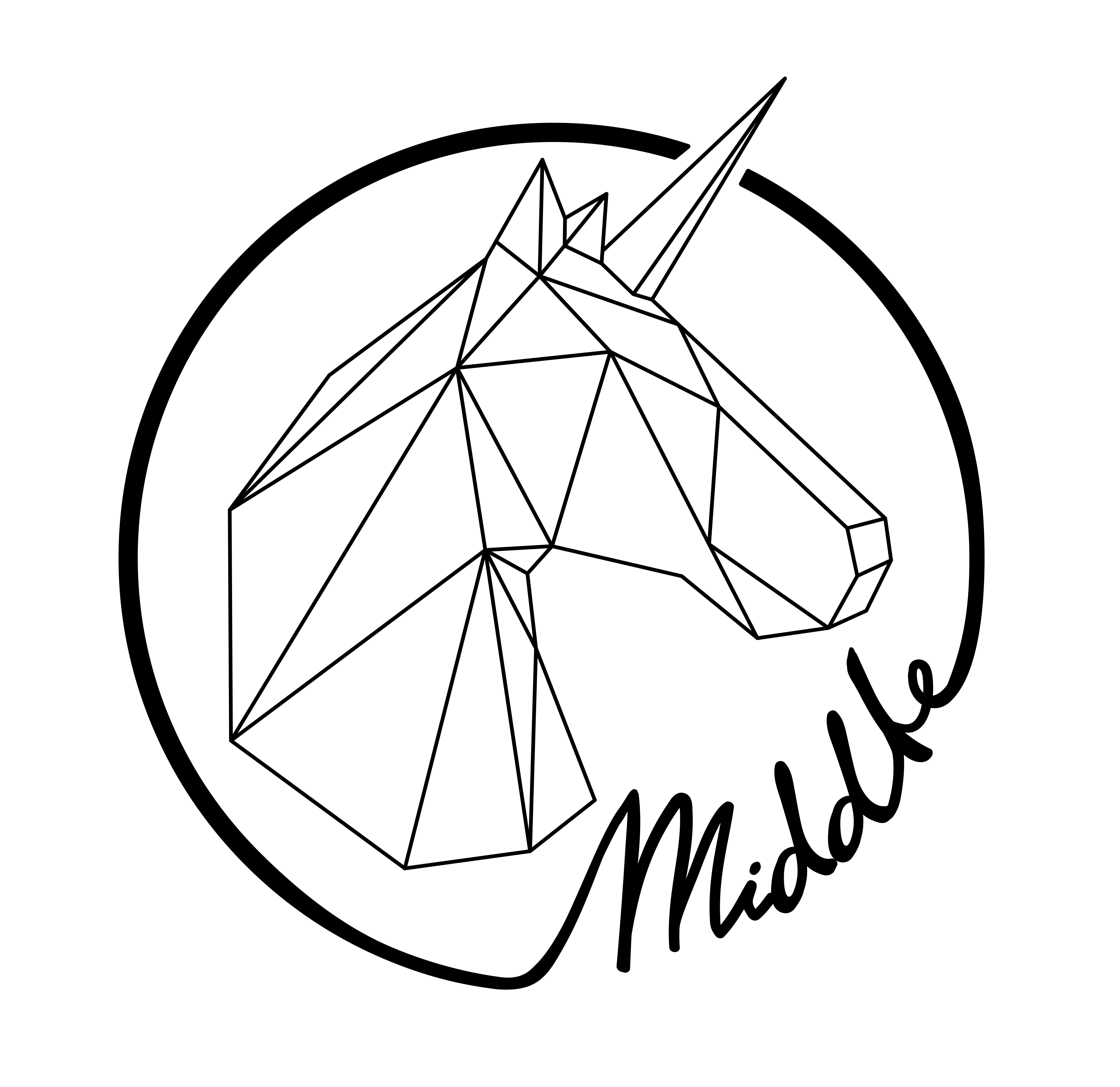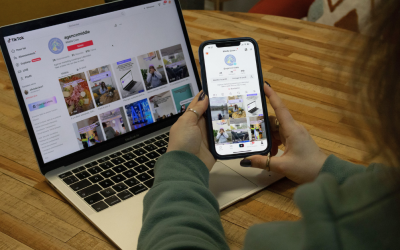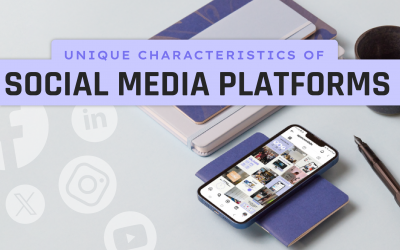How to optimize your website?
The number of websites has exploded in the last two decades. There’s online stores, live chats, blogs with articles posted regularly and even platforms where we can share photos and videos. Depending on the business and the purpose of the website, many of these options may be relevant. But as with anything less is more. It’s always better to select a few tools that will be really useful to your visitors. The more tools you have, the longer your site will take to load and the more likely it is to crash. Between us, there is nothing more effective to lose potential customers than having a slow and non-functional website.
Your website is what many consumers will first see of you and your business, so take excellent care of it!
Here is a concept that will help you in the creation of an effective website or as an improvement phase: SEO (Search Engine Optimization).
What is SEO? It’s the effort you put into getting your site to appear amongst the first on search engines result pages (SERP).
Here’s a few tips to optimize your website and improve its SEO score!
1 – Choose keywords well and use them profusely
They must be relevant, precise enough about your company, your services, your products, but also easily come to mind. You can add them in several places on your website: in your URLs, in your page titles, in the content of the page, in the meta description (a 240-character tag that describes your company in a precise and attractive way). The latter appears directly in the SERP. Its title and text must therefore be short and precise, mentioning the purpose of your page and including all the relevant keywords.
For example, if you have a hair salon located in Montreal, the words “hairdresser” and “Montreal” must appear almost everywhere. And if you offer a hair coloring service that has its own page on your site, it is important that the words “hair color” appear in the same way as “hairdresser” and “Montreal” on that specific page.
The first three results on the first page of a Google search get 60% of the clicks. In short, the more relevant and effective your keywords are, the higher you appear in searches, the more visits you get.
2 – Name and add descriptions to your images
On many web hosting platforms, you can give all your images a title, an alternative text, a description and a caption.
Quick overview of the different elements:
– The description is the text that will appear under the image on your page.
– The alternative text is what will be analyzed by search engines. It is therefore here that you must put (once again) your keywords and more precise words about the image itself. They will allow your visuals to be displayed in the image search.
– The caption does not appear anywhere, but it is still important to add one.
3 – Personalize the footer
Think of this area as the conclusion of your website where you can display different information.
First, make sure to change your copyright is updated every year. Consumers will be more confident interacting with a site updated in 2022 (year we wrote this blog post!) rather than 2017. You can also add a Terms and Conditions section to reassure all your current and potential customers about the policies in place on your website. Whether it’s for data collection or information about your store, this section contains all the information consumers may need.
You can also add links to the main pages of your site, your contact information (if not published on a separate page) or a “Back to Top” button. Whatever you choose, remember to customize the visual of your footer as well. It’s the last thing your visitors will see, so leave a good impression!
4 – Make navigation easy with a precise and easy-to-understand menu
Between menus and sub-menus, it’s possible to get lost! Our advice: make your main menu as large as possible. The sub-menus are extensions of this first menu: a menu within the menu if you prefer. This is where you can be more specific in the choices you offer. But the less there is, the easier it will be for a customer to find his or her way around.
Another tip about the number of pages on your website: less is more. Unless your store offers a wide range of choices like H&M, you don’t need 36 pages. It would only make the site heavier and the pages slower to load. And like we said before, this is not what you want.
For every problem, there are millions of ways to solve it, but the more you do to optimize your website, the better it will work and (hopefully) the more potential customers it will bring. Don’t forget to determine what your goals are.
And between you and me, it sounds pretty simple to do, doesn’t it? If you already have some knowledge about the behind-the-scenes of a website, you probably won’t be lost after reading this!
If, on the contrary, you felt like you were reading something written in a foreign language, head to our appointment booking page! We can optimize your website for you.
Also discover
Boost your company’s visibility with TikTok: our tips
In the ever-evolving world of digital marketing, the TikTok platform has emerged as a must-have for companies looking to extend their reach and...
7 reasons to advertise on social media
7 reasons to advertise on social mediaAdvertising on social media offers a multitude of advantages to companies and brands looking to increase their...
Unique Characteristics of Social Media Platforms
Unique Characteristics of Social Media PlatformsIn our ever-changing digital world, social networks play a crucial role in connectivity,...





